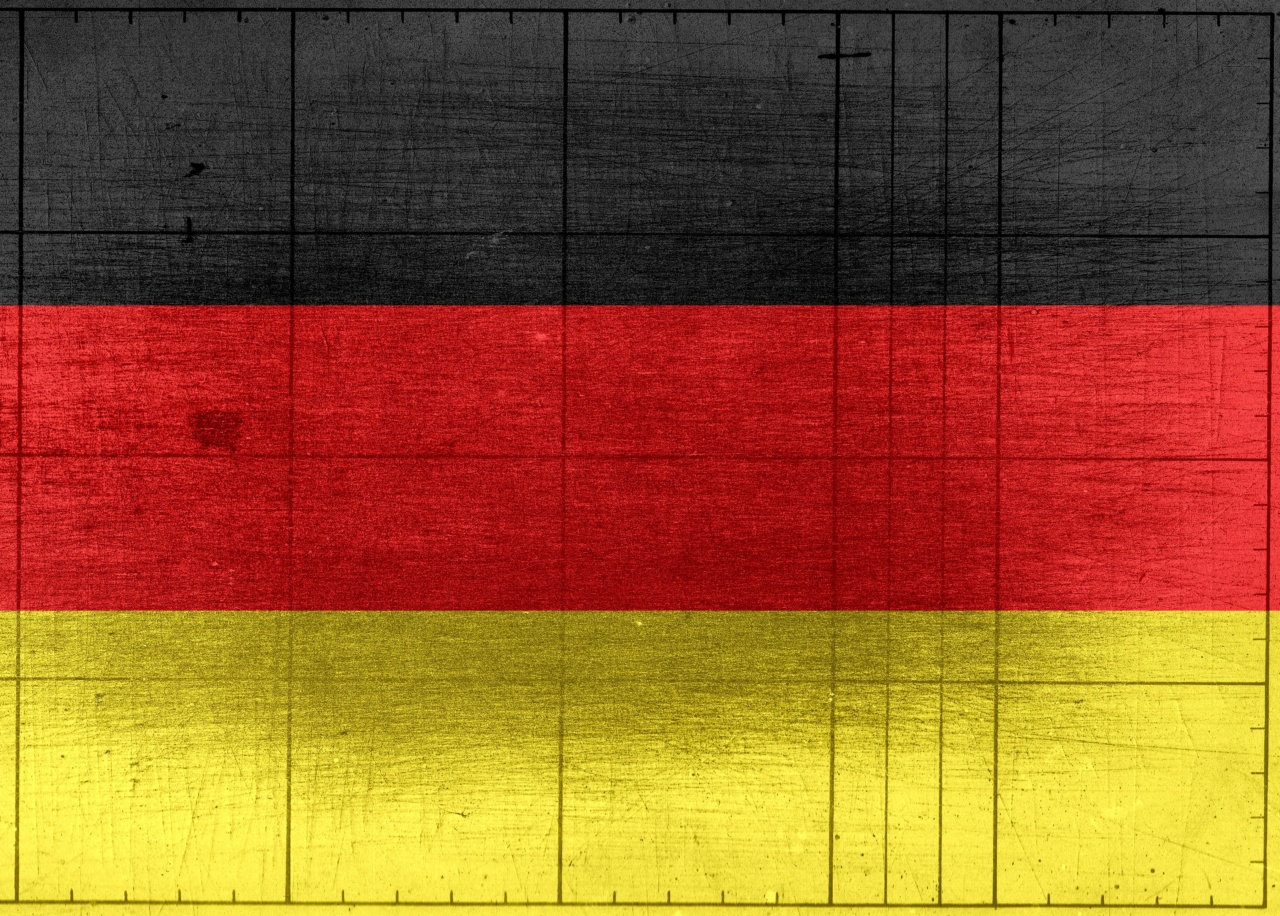The Spanish Flu: Death on a Global Scale
The Spanish Flu pandemic of 1918 was one of the deadliest epidemics in modern history. It affected millions of people across the globe, causing widespread panic and devastation.
In this article, we will take a closer look at the causes, effects, and lessons learned from this tragic event.
The Spanish Flu was a global pandemic that swept across the world from 1918 to 1919. It was caused by an H1N1 influenza virus that was highly contagious and deadly.
The pandemic is believed to have originated in the United States, where it first appeared in March 1918. The disease then spread across Europe and Asia, and eventually to other regions of the world, including Africa and South America.
Causes of the Spanish Flu
The exact origins of the Spanish Flu are still unknown, but scientists believe that the virus may have originated in birds or pigs and then mutated to infect humans.
The crowded conditions of the World War I trenches and military camps helped to spread the disease quickly among soldiers. The movement of troops around the world also helped to spread the virus to civilian populations.
Effects of the Spanish Flu
The Spanish Flu pandemic had a devastating effect on the world. It is estimated that the virus infected about one third of the world’s population, resulting in the deaths of 50 million people.
The pandemic had a major impact on the global economy, causing widespread disruption to agriculture, manufacturing, and transportation. Many businesses and industries were forced to shut down temporarily, exacerbating the economic hardship of the post-war period.
Symptoms of the Spanish Flu
The symptoms of the Spanish Flu were similar to those of the regular flu but were much more severe. Some of the most common symptoms included fever, chills, coughing, sore throat, muscle aches, and fatigue.
In severe cases, the virus could lead to pneumonia or respiratory failure.
Responses to the Spanish Flu
Countries around the world implemented various measures to try to contain the spread of the disease. Some of these measures included mandatory quarantines, travel restrictions, and the closure of public spaces like schools and businesses.
However, these measures were often implemented too late to be effective. There were also efforts to develop a vaccine, but these were largely unsuccessful due to the limited understanding of viruses at the time.
Lessons Learned from the Spanish Flu
The Spanish Flu had a profound impact on public health and medicine. It led to the adoption of new measures to prevent the spread of infectious diseases, such as mandatory vaccinations and quarantine measures.
It also led to new research into the causes and treatments of viral infections. The lessons learned from the Spanish Flu continue to be relevant today, as we confront new global health challenges such as the COVID-19 pandemic.
Conclusion
The Spanish Flu pandemic of 1918 was a global event that had a profound impact on society and public health. It resulted in the deaths of millions of people and caused widespread social and economic disruption.
However, it also led to important advances in medical research and paved the way for new measures to prevent and treat infectious diseases. The lessons learned from the Spanish Flu continue to be relevant today, as we navigate new global health challenges in the 21st century.


























